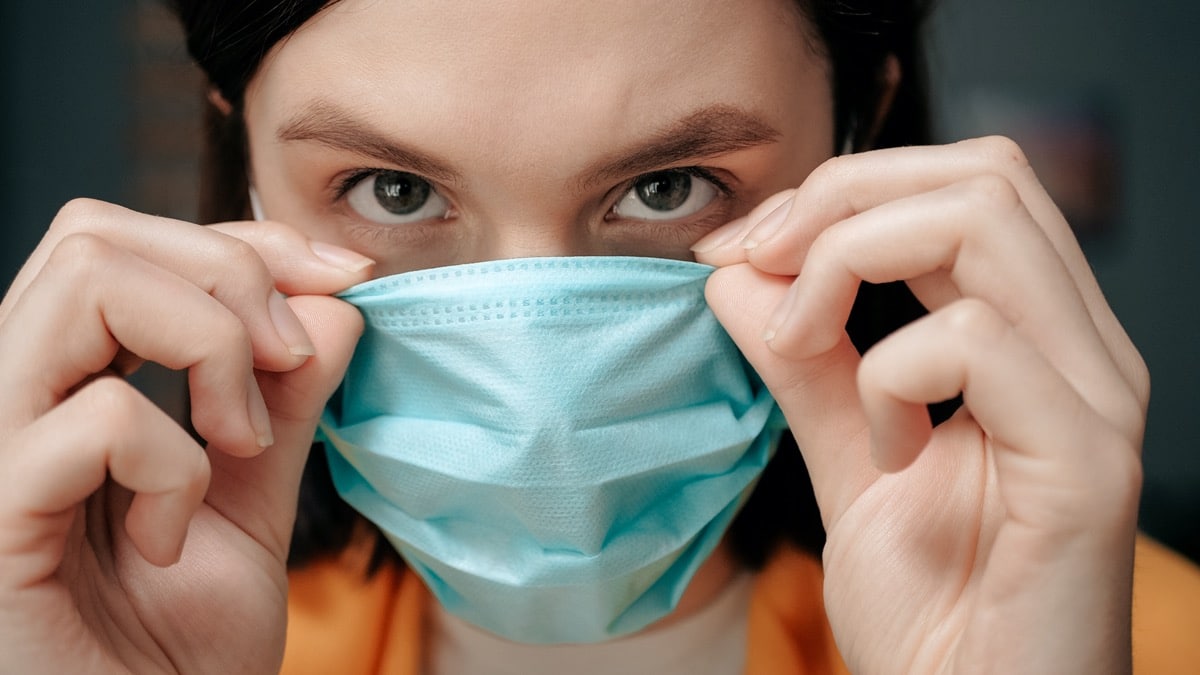The latest update in guidelines for the prevention of COVID-19 from official health authorities including the World Health Organization and the Centre for Disease Control and Prevention states that all people should wear a mask whenever going in any public spaces.
Moreover, it also emphasized the need for buying fabric masks over specialized masks such as N95 since those are more needed in the Personal Protection Equipment (PPE) worn by front line health care workers.
Since all masks are in high demand, a shortage is not unexpected. Therefore, authorities have even encouraged people to make their own masks which can be just as effective given that they are made from specific materials.
While the majority seems to be following the guideline of wearing a mask, there is still confusion around when is it acceptable to not wear one. For most people, not wearing a mask in private spaces does not increase the risk of contracting SARS-CoV-2.
This is why many people remove their masks while sitting in their cars or as soon as they arrive near their houses. It is a common assumption that as long as people are not living in homes together or not having direct contact in a shared space, the chances of getting COVID-19 are minimal.
According to health experts, this is far from the truth. The SARS-CoV-2 is highly contagious, which means that it can also be contracted from people one has minimal contact with.
RELATED: Can COVID-19 Spread Through Phones?
In addition, it should be noted that the latest scientific research has suggested that the virus can stay in the air for a long period of time and can even cover long distances.
While further investigation is needed in this new finding, the researchers have recommended that people take extra precautionary measures so that there are low chances of contracting COVID-19.
If the tiniest aerosol particles can stay in the air for a long time, it means passing by an infected person who is not wearing protective equipment can increase the risk of getting the infection.
Even if the infected person is asymptomatic and displays no signs including sneezing and coughing, the virus can still transfer through tiny droplets that are released into the air while talking.
This is the primary reason why health authorities had suggested that every person aged two and above should wear a mask whenever heading outdoors. However, outdoors does not only mean streets and grocery stores.
People who live in large apartment buildings should also be cautious. The epidemiology professor at Drexel University’s Dornsife School of Public Health, Thersa Sweet, states that “If I was in one of those high-rise apartments in the city and I had to go down to the front desk to get a package or mail or whatever, I would wear a mask,”
She explains that going out to do trivial activities such as taking out the trash in an apartment building is not different from going out in other public places.
There are also high chances that the SARS-CoV-2 virus can be transmitted in the short chat with a neighbor on the way to throw out trash or pick up a delivery.
The associate dean of global health and clinical professor at Rutgers School of Nursing, Suzanne Willard, further adds that the risk of COVID-19 is not associated with the outdoors but with possible exposure from people.
These people can also be neighbors from next door apartment or people in the same house. Therefore, in large shared homes with people and large apartment buildings, it is better to stay as cautious and wear a mask.
This step is as important as washing hands whenever coming back home from doing any activity outside. At this point, wearing a mask should be as important as wearing clothes.


